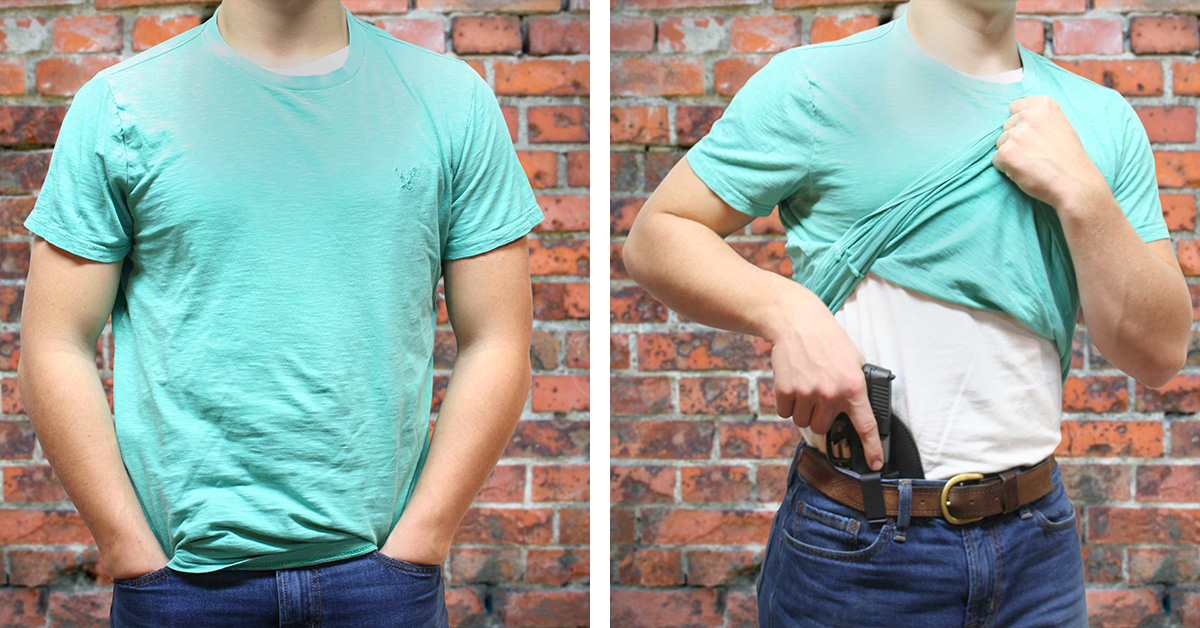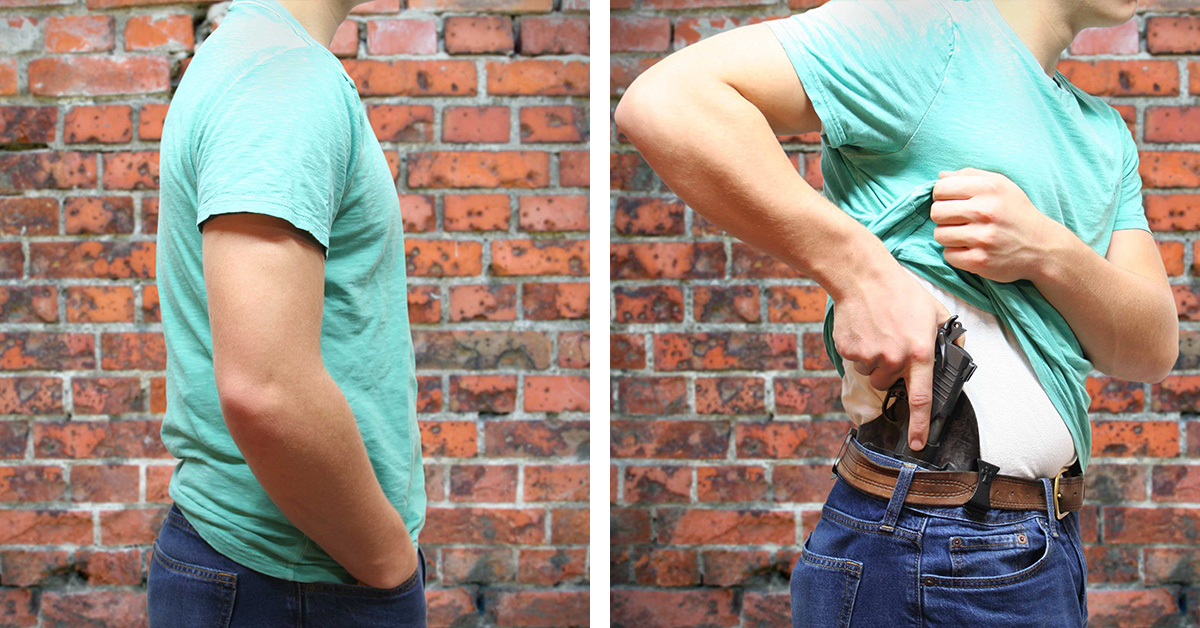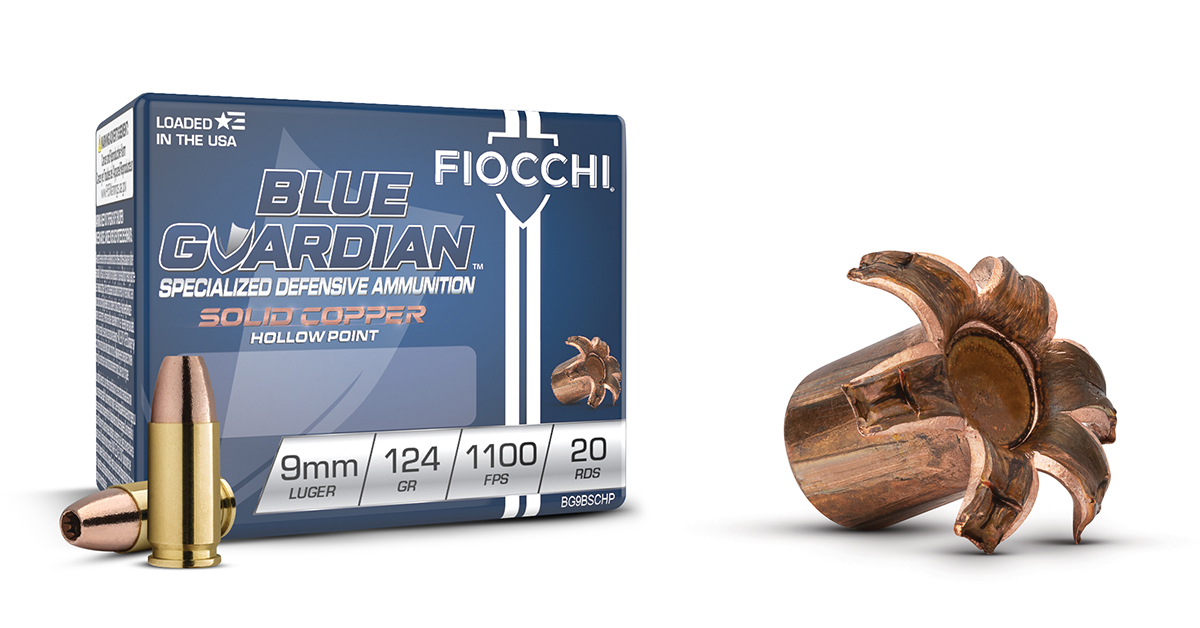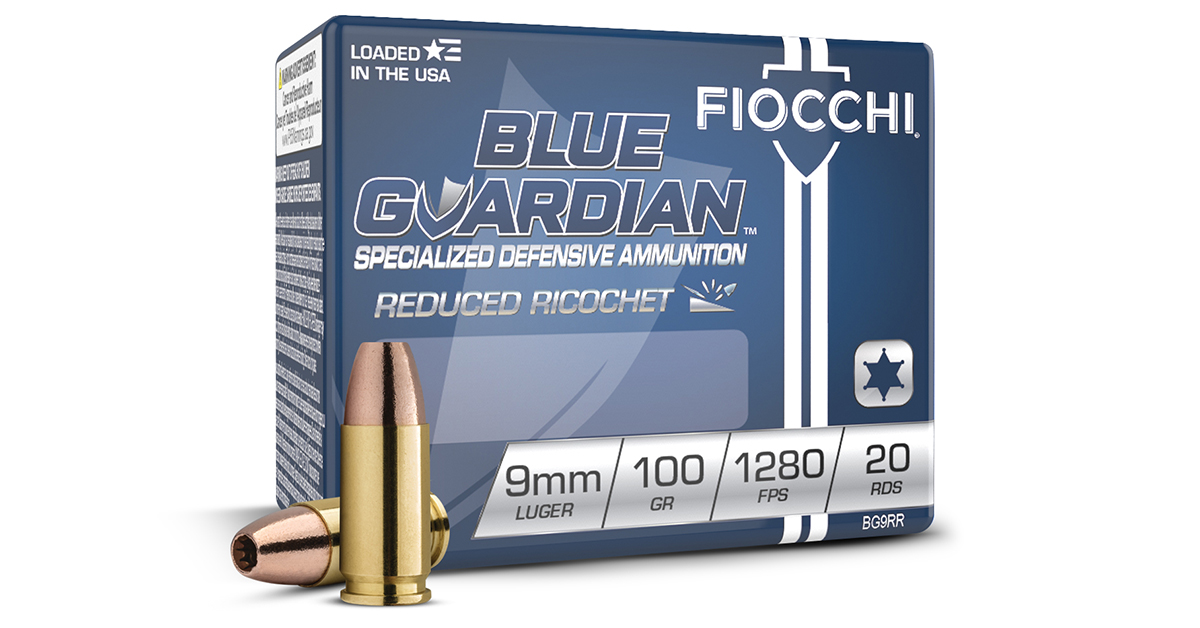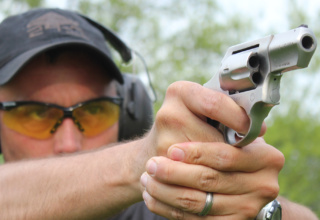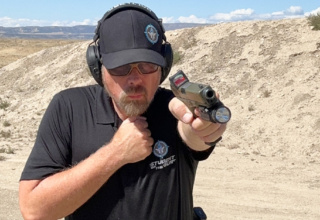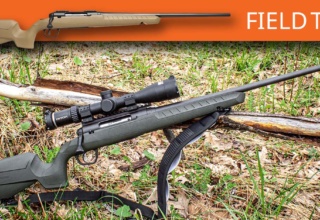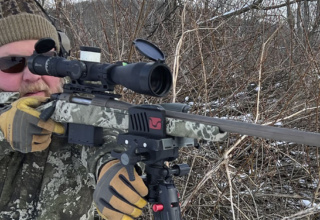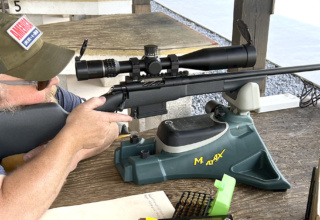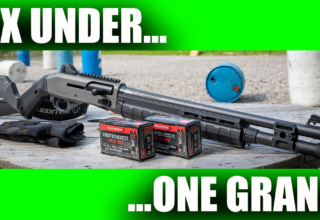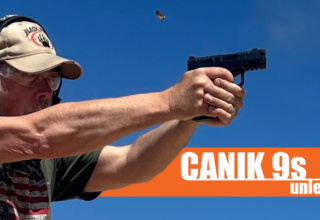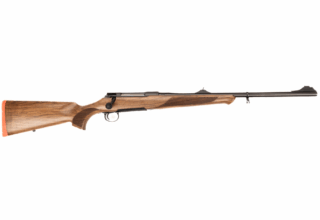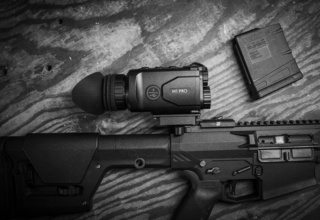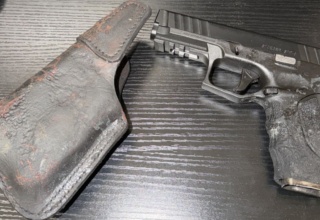Here are several considerations for those looking to buy or who have just bought a handgun for everyday carry protection
by Jeromy Knepp
Let’s start by saying, “WOW!”
According to the latest data from the National Shooting Sports Foundation, firearm purchases—based on NICS background checks—rose a whopping 60% in 2020 over 2019. In 2019, the feds conducted 13.2 million background checks for gun buyers. Last year, that number leaped to 21 million. The NSSF estimates that of those 21-million gun buyers, 8.4 million became first-time gun owners.
Needless to say, that is a lot of beginners who are now looking to educate themselves on safe handgun operation and implementation into their daily lives—mostly for personal protection. Most of us have a lifetime of steady learning in the firearms world, culminating in our current status of experienced, trained shooters and everyday carry practitioners, but those millions who have just stepped into the arena of employing firearms for personal and family protection are facing an unfamiliar landscape to navigate.
For those who purchased a handgun for the first time or who are still contemplating a purchase, we’ve put together a short primer—one we ask you to share with friends or family members who are at the front of their learning curve when it comes to defensive handguns.
Let’s dig in…
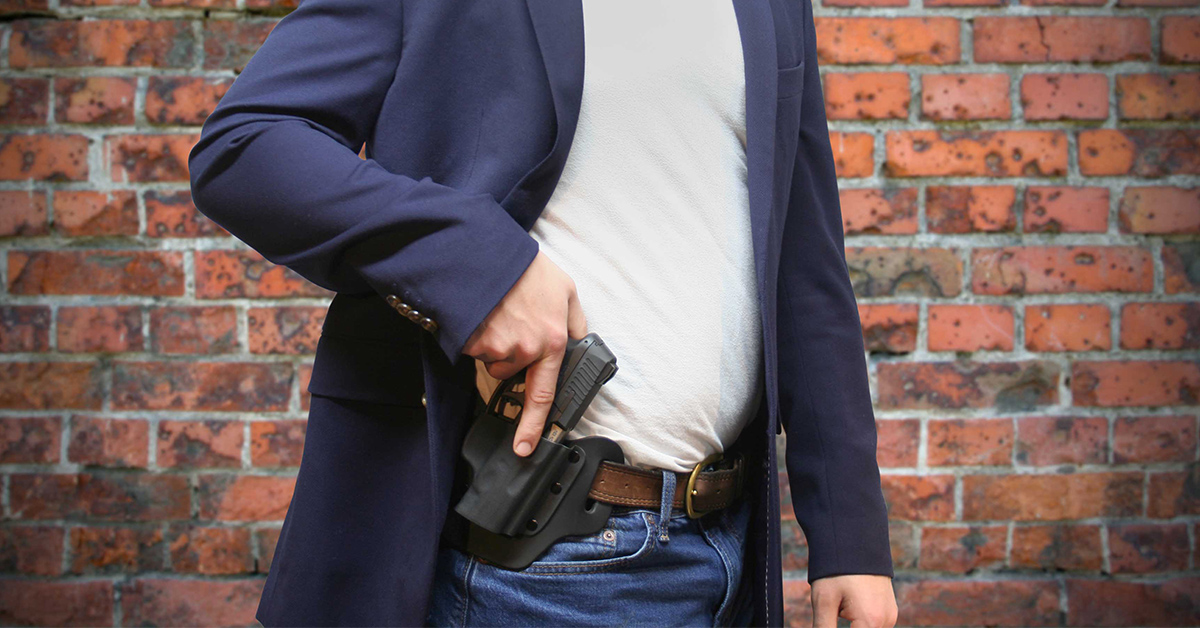
What to Carry?
To help us explore this subject, Taurus USA generously provided us their G3 full-size and their G3c compact 9mm striker-fired pistols. I also included my personal Taurus PT-1911 .45 ACP for size comparison.
The G3/G3c series pistols are Taurus’ newest entries into the self-defense handgun segment, built around polymer frames and steel slides. Both pistols come with aggressive stippled hand grips and an ergonomic design to maximize control and fit. Relief cuts and contoured edges provide a more rounded profile of significant benefit for those who intend to carry via inside- or outside-waistband holsters.
In the world of concealment, size and weight matter, but so does ammunition capacity. Choosing the right handgun for you is a balance of all this and much more, such as grip comfort, ease of operation, sighting system, as well as intended use—on-body carry, purse carry, home defense only, et cetera. A knowledgeable friend or sales assistant will be a huge help in balancing the equation.
Consider ammunition capacity, for instance. A small handgun with a single-stack magazine configuration (cartridges stacked directly on top of each other in the magazine) will be lighter in weight when full and likely smaller in grip width than one featuring a double-stack magazine (cartridges stacked in a left-right zigzag configuration within the magazine). More cartridges (double-stack mags hold more rounds than single-stack) mean more weight. While a single-stack magazine handgun can be lighter with a full mag, it also means reduced shot potential.
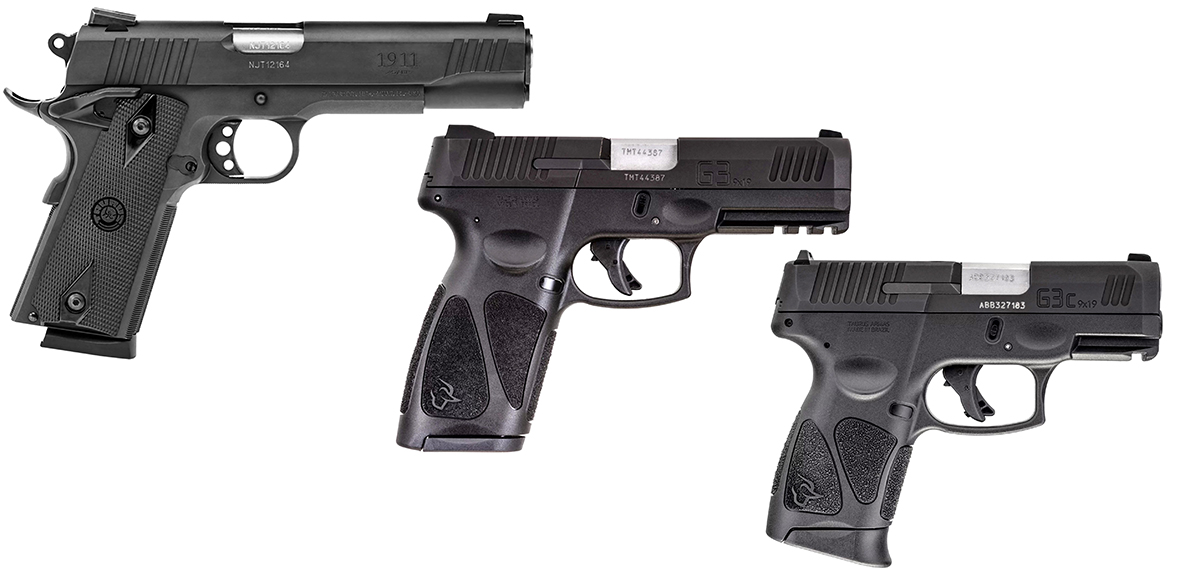
Your body size will also determine what pistol type you will choose should you wish to carry concealed. Some folks with larger frames can conceal a full-size pistol while others cannot. The shooter’s hand size will also be a major determiner. A compact, single-stack handgun may be favored by individuals with smaller hands, while a double-stack magazine, full-size pistol may easily fit those with larger hands.
The size of the handgun will also affect key operational aspects, such as recoil management and the ability to execute quick follow-up shots.
When test firing the three Taurus pistols mentioned, there were some definite opinions gathered by fellow shooters on the range. We all felt the recoil of the compact G3c had a quicker snap. This made control a little more difficult with quick follow-ups. The full-size G3 (24.83 oz, 7.28 in), on the other hand, presented a softer recoil and was much easier to control. At the extreme end of our test panel is the PT1911 (42 oz, 8.5 in). Heavy and built like a tank, yes, but that mass makes for accurate and fast follow-up shots.
As you can see, there are many things to consider when selecting a handgun. Again, we recommend seeking the advice and assistance of a friend or, better yet, a gun dealer that will take the time you need to find the right balance between intended use, your body size, and your comfort level as a new shooter before making a choice.
Holster Carry
There are numerous styles and types of holsters for concealment. Inside waistband (IWB) and outside waistband (OWB) are the two primary options. Others are purse carry, integrated pockets in vests, backpacks and coats, belly bands, and even bra holsters. For our discussion, we will focus on IWB and OWB holsters provided by Crossbreed Holsters and N8 Tactical.
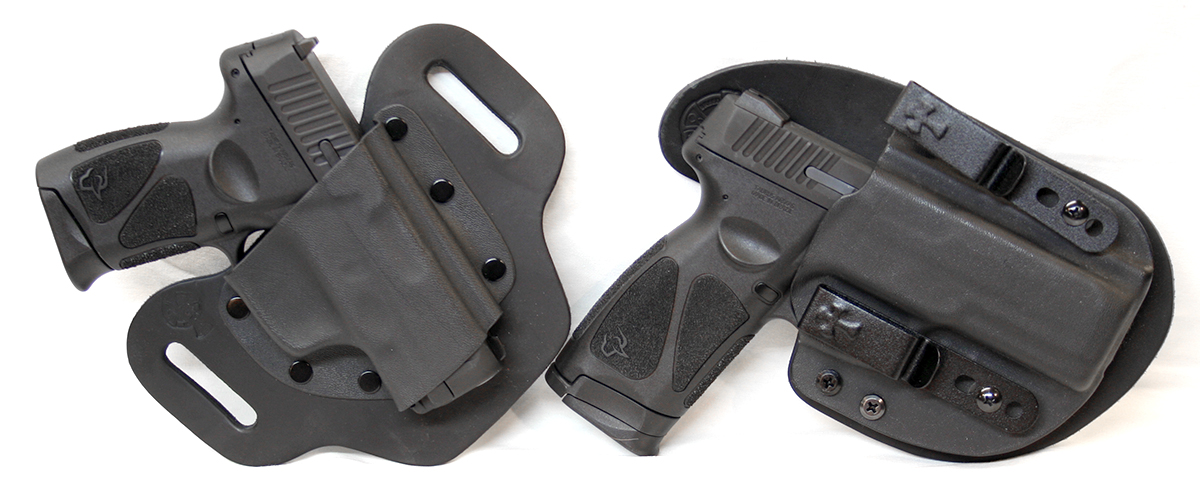
OWBs offer some great carry options. Crossbreed provided their DropSlide OWB holster for our pair of Taurus G3s for this discussion. OWBs are the oldest type of holsters in use and are now commonly made from durable Kydex that is molded to provide a glove-like fit to specific firearm models. Many manufactures like Crossbreed make hybrid holsters utilizing thick leather backers for comfort and support and Kydex pockets to secure the pistol.
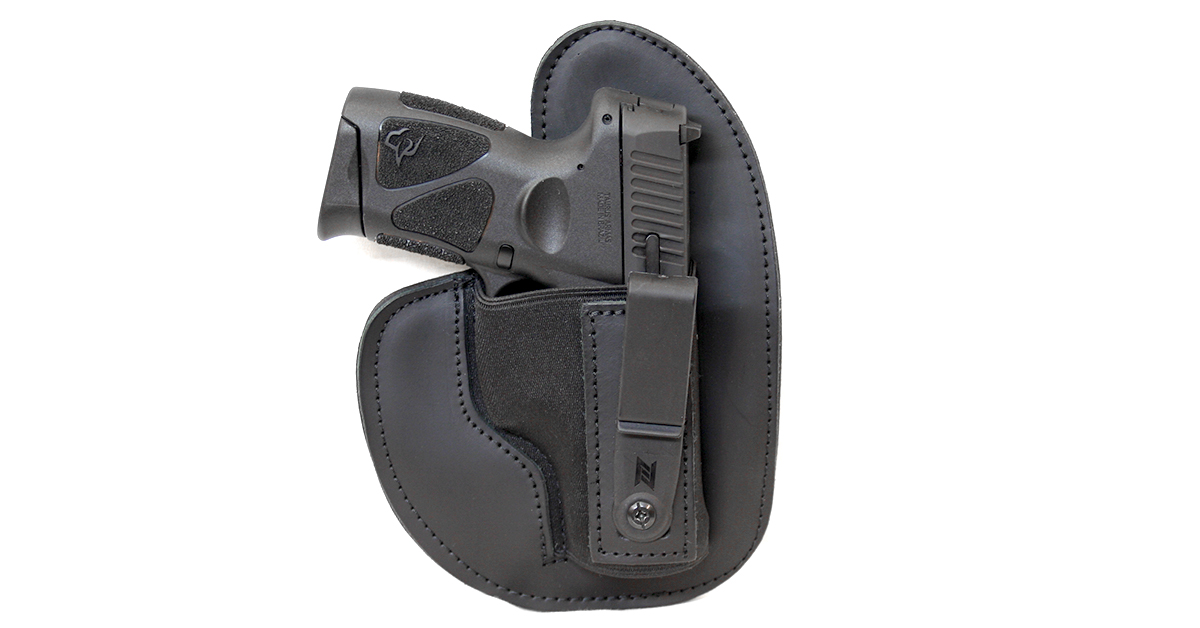
OWB holsters are ideal for most pistol sizes and conceal nicely under a sweatshirt or loose-fitting button up shirt. Large frame pistols like the 1911 and G3 carry nicely perched on the hip. They are also good when wearing a sport coat or sweatshirt during cooler months. Carrying with an OWB provides comfort the IWB does not. The downside to OWB holsters is that they do not conceal as well as holsters secured inside the waistband.
IWB carry is probably the number one desired way to carry concealed. By design, this style of carry tucks the pistol into your body to help smooth the pistol profile. Efficiency of concealment is its purpose, allowing use in multiple positions. A popular position of carry is appendix style. The appendix position works well with petite and fit bodies. This is the most expedient way to draw the firearm under duress. A quick tug of the shirt and you are ready to get to work.
Full-figured individuals may prefer the right or left hip area to position the firearm. Crossbreed’s SuperTuck IWB allows a wearer to move the belt clips to an altered position for better presentation to the hand. I prefer tilting the pistol forward, setting it just behind my right pants pocket. Designed with a polymer molded casing, the SuperTuck allows for a quick draw and easy return to the holster after use.
The drawback to an IWB holster is comfort, as the IWB will keep the pistol constantly pressed into your body. Another issue is wearing a tucked versus untucked shirt. One of the advantages of Crossbreed’s IWB design is that many of them allow a wearer to tuck in their shirt.
Clothing
Clothing choices while carrying concealed takes planning. Today’s skinny jeans and leggings are not ideal. Likewise, overlarge garments and baggy pants cause slower reaction times and contribute to snagging and “finger fumble.” Again, something to avoid.
The ideal carry outfit is a well-fitting pair of pants, a sturdy belt that doesn’t flex with tension, and an under shirt to protect the skin from abrasion caused by an IWB. Another T-shirt can be worn over the under shirt or any combination of button up shirt, sweatshirt, or coat. All items over the undershirt should be of good fit that is not too baggy (possibly causing interference during draw or reholstering) or too tight to cause “printing” or showing the outline of the handgun being concealed.
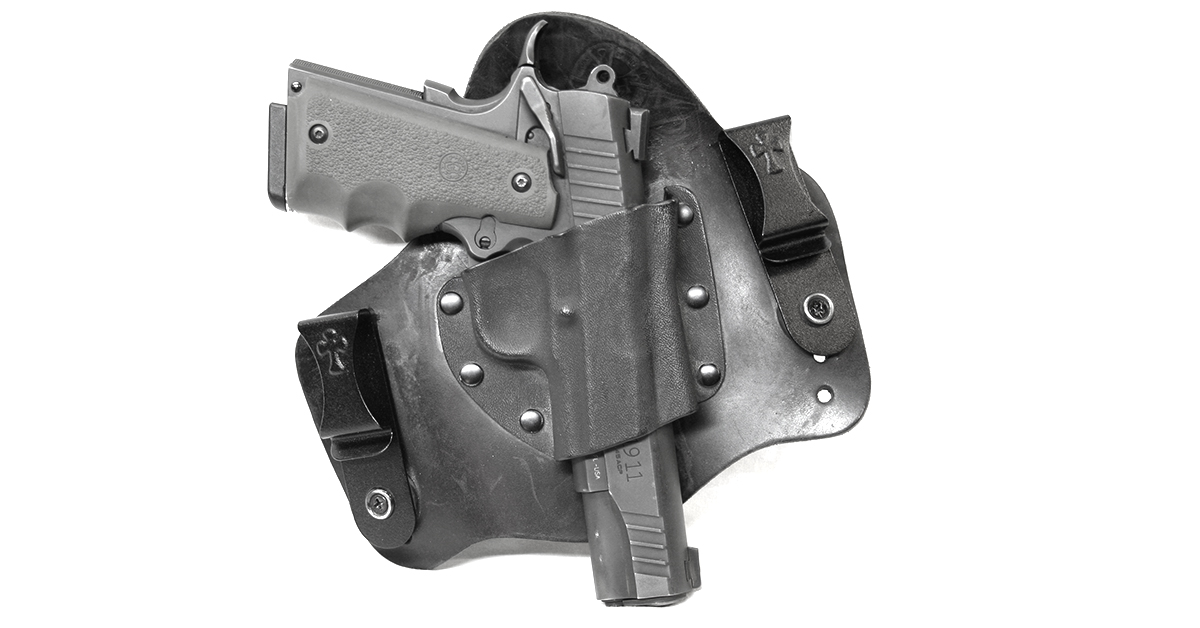
Shoes should be considered as well when carrying. A comfortably laced, sturdy shoe or sneaker choice is best to enable movement into a defensive position. Losing a shoe or rolling an ankle in a crisis is something to avoid. Think through what you wear.
Fine-tuning personal protection equipment takes time, trial and error, and a holistic approach that requires factoring many variables into the successful equation. For first-time gun owners, it can seem to be a daunting task. Start with acquiring a pistol that fits you and your needs, find a holster that best accommodates both (Crossbreed offers expert consultation for customer looking to find the right holster), and, after receiving proper training, begin carrying your firearm on a regular basis. You’ll learn what works, what doesn’t, and soon you will have developed a system that will perform well under all conditions.
Ammunition Side Note:
Fiocchi Blue Guardian Defense Cartridges
Fiocchi is one of the world’s oldest ammunition manufacturers, with a heritage stretching back to its 1876 founding in Lecco, Italy. What many folks in the U.S. don’t realize is that Fiocchi has a strong manufacturing presence in America (Ozark, Missouri, to be exact) and is committed to the company’s legacy of innovation that unifies the latest technology with the changing needs of the contemporary shooter and defense professional.
This year, Fiocchi is rolling out a new line of defense ammunition called Blue Guardian that we want to let you know about. First is the Blue Guardian Solid Copper. As the name implies, this cartridge is based on a solid copper bullet with a hollow point configuration. This lead-free, copper construction is engineered to deliver the penetration, expansion, and weight retention defense professionals demand for optimal terminal performance on soft targets. Blue Guardian Solid Copper is offered in the following:
- .380 Auto, 80 gr., 1010 fps
- 9mm, 124 gr., 1100 fps
- .40 S&W, 140 gr., 1175 fps
- .45 Auto, 230 gr., 870 fps
In addition to these handgun calibers, Fiocchi will offer Blue Guardian Solid Copper in .300 BLK supersonic, .300 BLK subsonic, .223 Remington, and 12-gauge.
Another intriguing offering in the Blue Guardian lineup is the Reduced Ricochet variant. Presented in a hollow point configuration, the Blue Guardian Reduced Ricochet features a lead-free bullet crafted to disintegrate upon impact with surfaces harder than itself while delivering the desired terminal performance on soft targets. This is an advantageous design for close-quarter defense engagements due to the reduced ricochet potential.
Blue Guardian Reduced Ricochet ammunition is available in the following calibers:
- .380 Auto, 75 gr., 1040 fps
- 9mm, 100 gr., 1280 fps
- .40 S&W, 125 gr., 1215 fps
- .45 Auto, 155 gr., 1160 fps
Both Blue Guardian Solid Copper and Reduced Ricochet cartridges utilize lead-free or heavy metal-free primers for environmental safety.
- FIELD TEST: Savage Axis 2 - July 25, 2025
- TESTED: CVA Cascade Varmint Hunter - February 24, 2025
- TESTED: Taurus Expedition Bolt-Action Rifle - August 27, 2024

